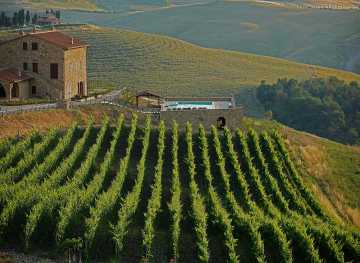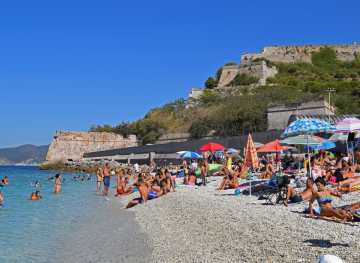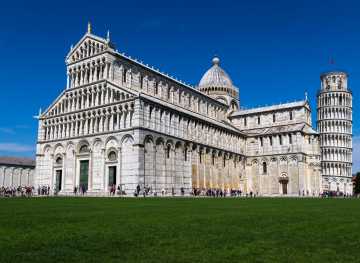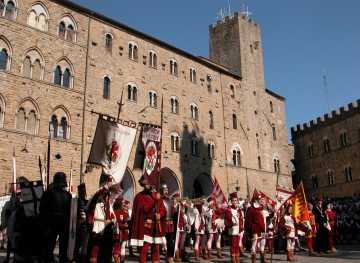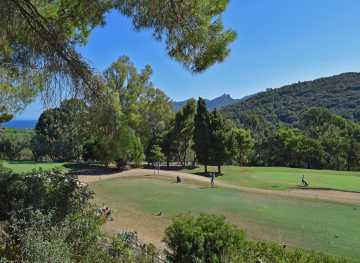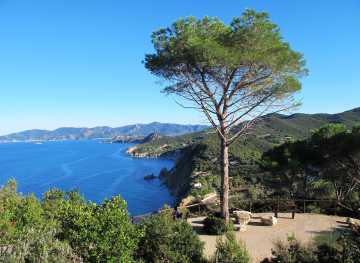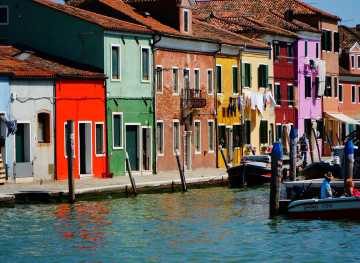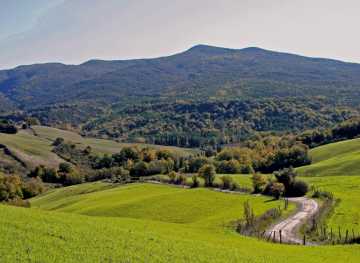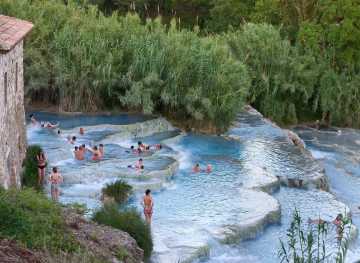Holidays in Sardinia - Wine & Food
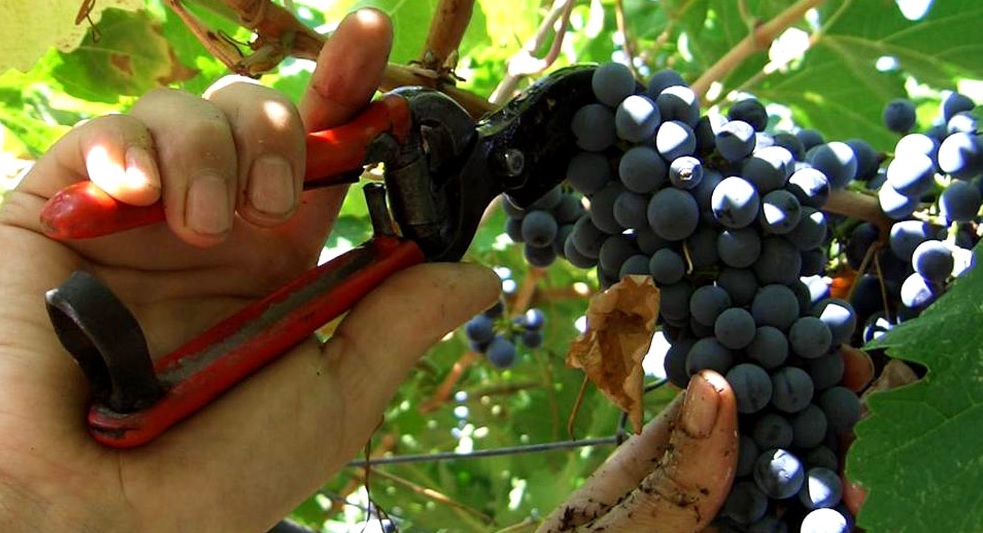
Experience Sardinia's wines and mediterranean specialities
Sardinia has many culinary specialties rooted on centuries of agricultural traditions. From refined wines to sweet treats and from oriental inspired dishes to local liqueurs. The uniqueness of the cuisine clearly distinguishes Sardinia from the mainland, and it is one of the reasons to visit the island.
Sardinian cuisine: simplicity and tradition
Sardinia has many culinary specialties rooted on centuries of agricultural traditions. From refined wines to sweet treats and from oriental inspired dishes to local liqueurs. The uniqueness of the cuisine clearly distinguishes Sardinia from the mainland, and it is one of the reasons to visit the island.
Cheese
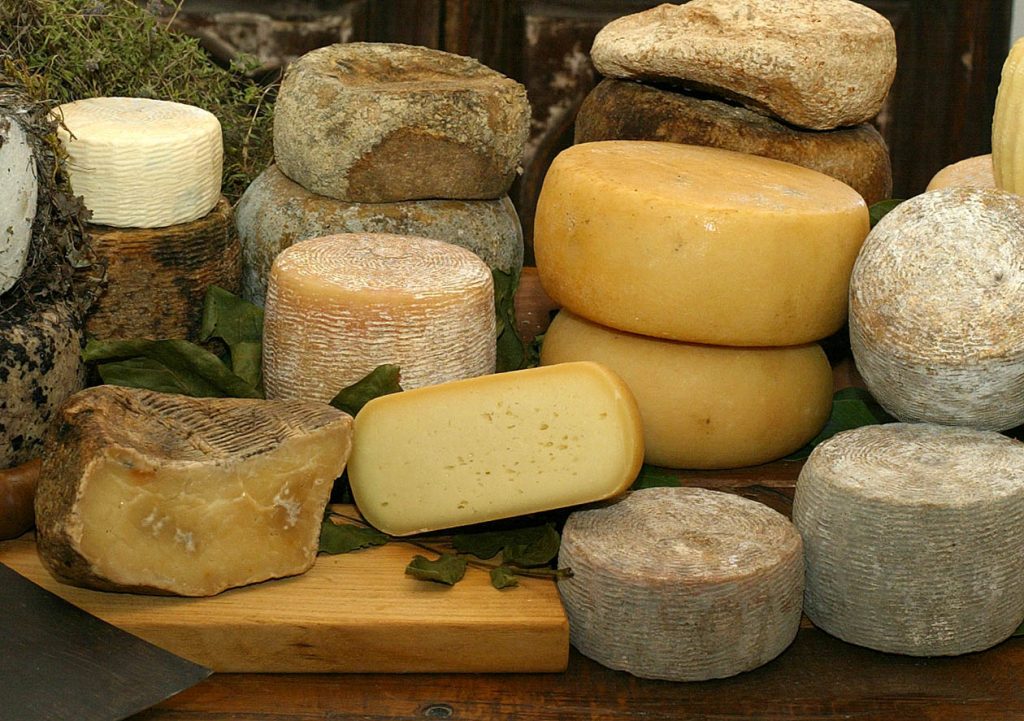 Parmigiano-Reggiano and Pecorino Sardo are very popular in Sardinia. However, thanks to the island’s millenary tradition of sheep herding, Sardinia has its own cheeses , some of which have a very special ripening process. The casu marzu, for example: a cheese that has matured for a very long time, until larvae of the cheese fly are nestled in it. Only for the strong stomachs! One of the best Sardinian cheeses is the Casizolu, a cheese made from cow's milk that is ripened for several months. It is available from the beginning of autumn to the beginning of summer.
Parmigiano-Reggiano and Pecorino Sardo are very popular in Sardinia. However, thanks to the island’s millenary tradition of sheep herding, Sardinia has its own cheeses , some of which have a very special ripening process. The casu marzu, for example: a cheese that has matured for a very long time, until larvae of the cheese fly are nestled in it. Only for the strong stomachs! One of the best Sardinian cheeses is the Casizolu, a cheese made from cow's milk that is ripened for several months. It is available from the beginning of autumn to the beginning of summer.
.jpg)
Pasta
Sardinia has its own pasta types , which are served with simple but very tasty sauces. The Culurgiones are a type of ravioli from the Ogliastra region, made from water and flour and then filled with potato and Casu de Fitta cheese, or meat. Another Sardinian specility are the Macarrones de busa, a thick type of pasta made of flour, egg, salt, and water. The most famous Sardinian pasta is the Malloreddus, made from wheat semolina, salt, and water. It has a ribbed surface and is usually served with Campidanese style tomato sauce and grated pecorino. Finally, there is Fregola, a kind of couscous made from wheat semolina, roasted in the oven and usually served with seafood.
Meat
Pork is the most popular meat eaten in Sardinia, used in different traditional recipes. In addition, there are dishes made from veal, goat, and lamb. A special Sardinian meat dish is the Cordula, made with lamb casings filled with peas, roasted in the oven or on a spit. Another interesting dish is the sheep's blood pudding called Zurrette: It is one of the oldest dishes in the world and is still made during festivals in Barbagia, a mountainous area in the province of Nuoro in the interior of Sardinia. It is a dish of sheep's blood, onion, thyme, mint, pecorino and carasau bread. It is cooked in the sheep's stomach until thickened.
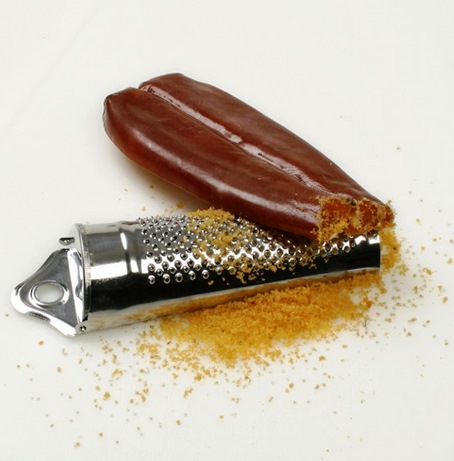
Fish
As expected from a Mediterranean island, it is not difficult to get fresh fish in Sardinia . Besides the simple fish recipes, many crustaceans and shellfish, and even the eggs of the mullet and tuna fish are used to make tyical dishes. For example, the Bottarga, is made from mullet fish roe, salted, and dried. You can eat it with bruschetta as an aperitif or with pasta aglio & olio to give it a Sardinian touch.
Sweets
Italians have a real sweet tooth, and the Sardinians are no exception. Sweet desserts come in many shapes and sizes. Well-known are the Formagelle (also called Casadinas), cakes filled with curd cheese and lemon. They also come in a version with ricotta.
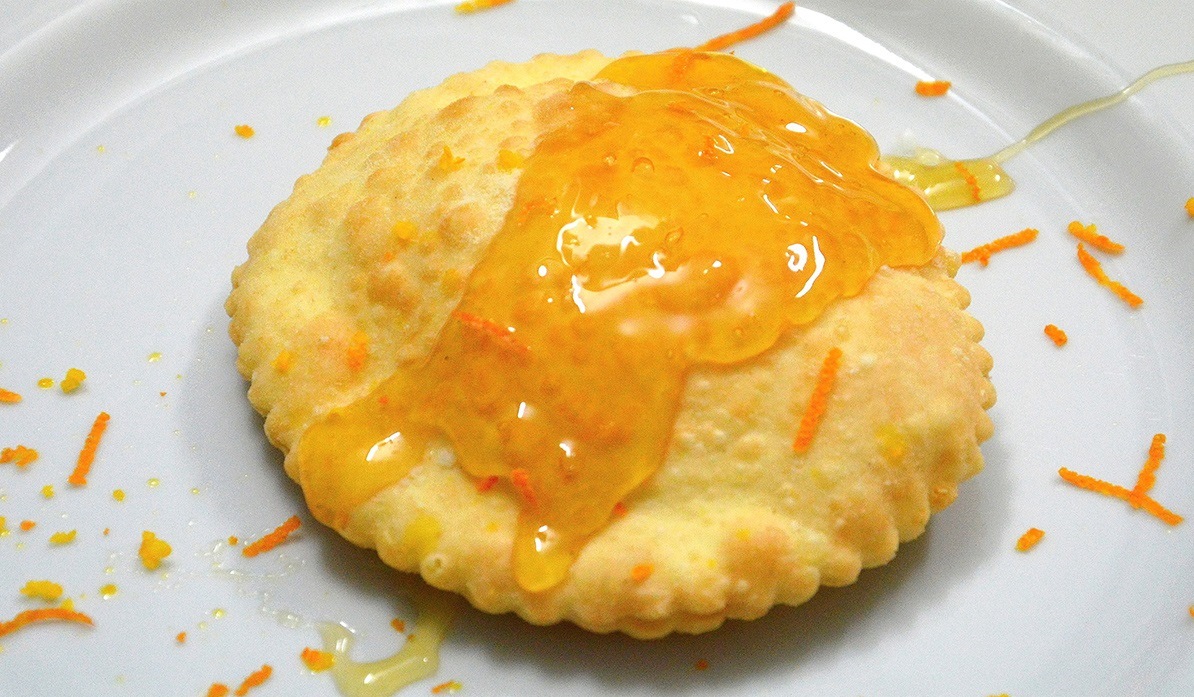 Papassini are cookies made from flour, nuts, egg and almonds. Another traditional dessert, usually eaten as a breakfast or after dinner are the Seadas or Sebadas, a double folded layer of pasta dough that is filled with sour cheese and fried before serving. It is usually served with a spoonful of bittersweet honey.
Papassini are cookies made from flour, nuts, egg and almonds. Another traditional dessert, usually eaten as a breakfast or after dinner are the Seadas or Sebadas, a double folded layer of pasta dough that is filled with sour cheese and fried before serving. It is usually served with a spoonful of bittersweet honey.
Sardinian wines
The dry climate makes it difficult for Sardinian winegrowers. However, they are not discouraged and have developed vineyards where special grape varieties thrive. These grape varieties were often taken by peoples who conquered the island over time, including the Phoenicians, the Romans, and the Spaniards. The main types and their wines:
Red:
- Bovale: used, among other things, for Mandrolisai DOC wine. A grape of Spanish origin.
- Cannonau: one of the most popular red grapes in Sardinia, equal to the Grenache grape from France. The wines made from this have a high alcohol content.
- Carignano: one of the most important grape varieties of Sardinia, from which very special and powerful wines are made.
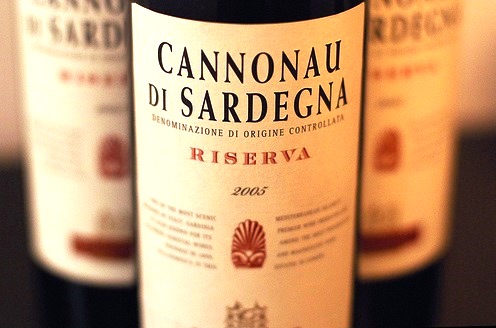
White:
- Malvasia: used for the Malvasia di Bosa and Malvasia di Cagliari (both DOC wines). Probably of Greek origin.
- Moscato: used for the Moscato di Cagliari, Moscato di Sorso-Sennori and the Moscato di Sardegna (all three DOC wines). A grape of Roman origin.
- Nuragus: the most cultivated white grape in Sardinia, used, among other things, for the Nuragus di Cagliari (DOC).
- Vermentino: used for the Vermentino di Gallura (DOCG).
- Vernaccia: used for the Vernaccia di Oristano (DOC). A grape from the Phoenicians.
Sardinian Liqueur
Besides wines, Sardinia also has various liqueurs. The main ones are mirto and grappa. Mirto is made from myrtle, a plant that grows extensively in Sardinia. The liqueur comes in two varieties: a red and a white, where the red is made from the berries and the white from the blossom and the leaves of the myrtle bush.
The most famous grappa in Sardinia is undoubtedly Filu 'e Ferru (Sardinian for iron wire). The name of this grappa refers to the period in which a lot of illegal grappa was seized. The illegal production of grappa was prohibited for a long time, and whoever used to distil grappa in that period would often hide the grappa underground. The bottle could then be found with the help of an iron wire that protruded above the ground.














